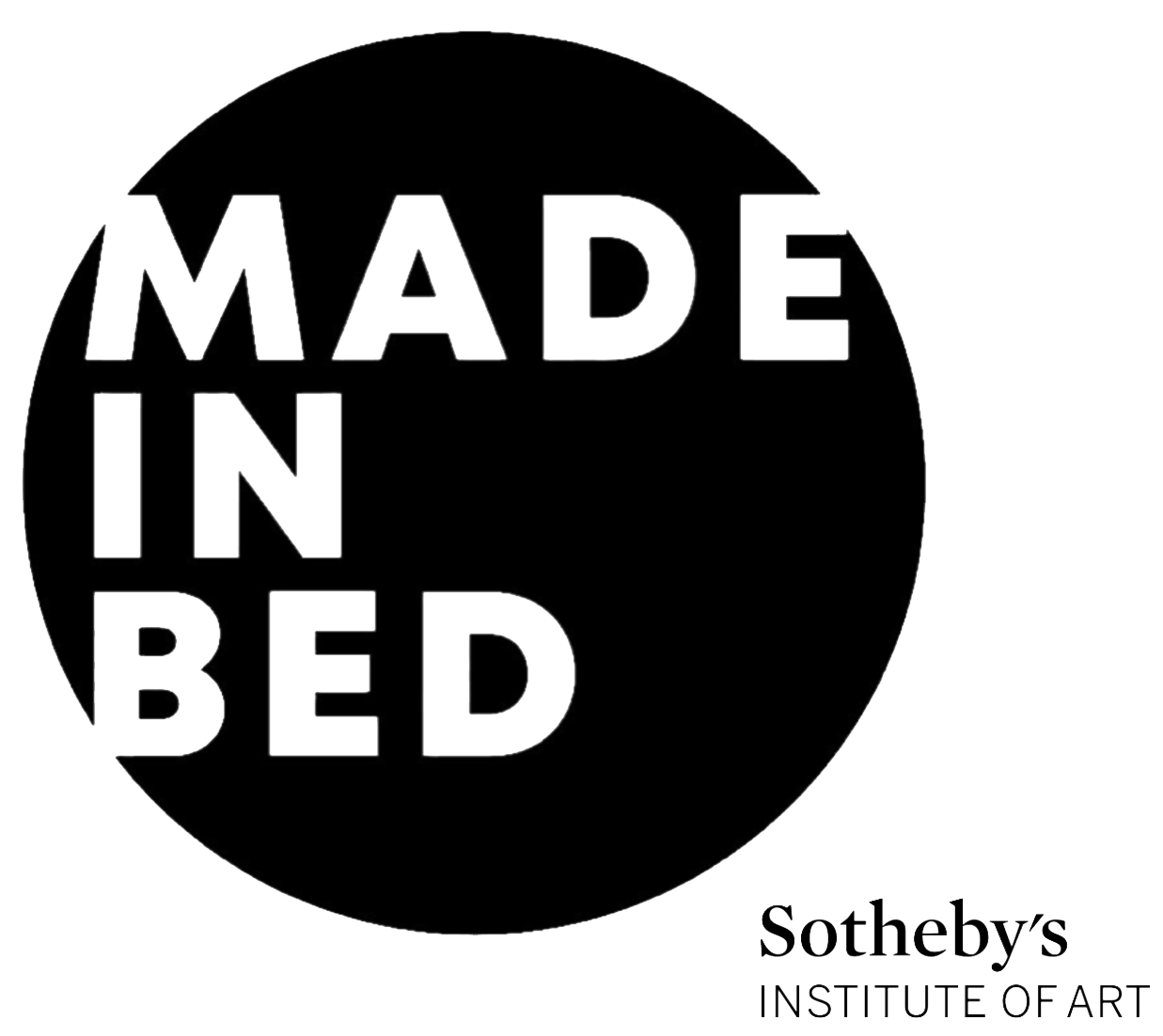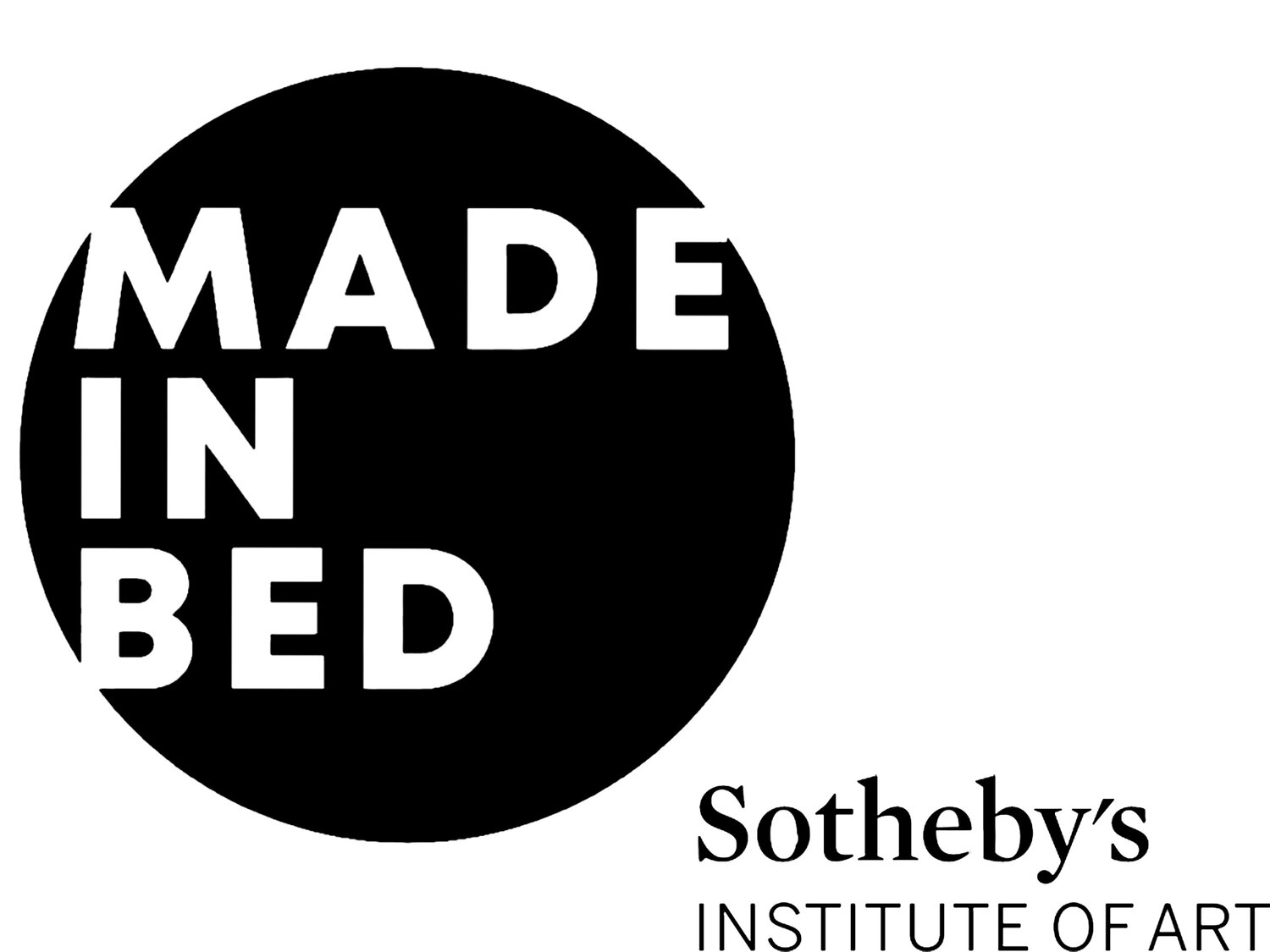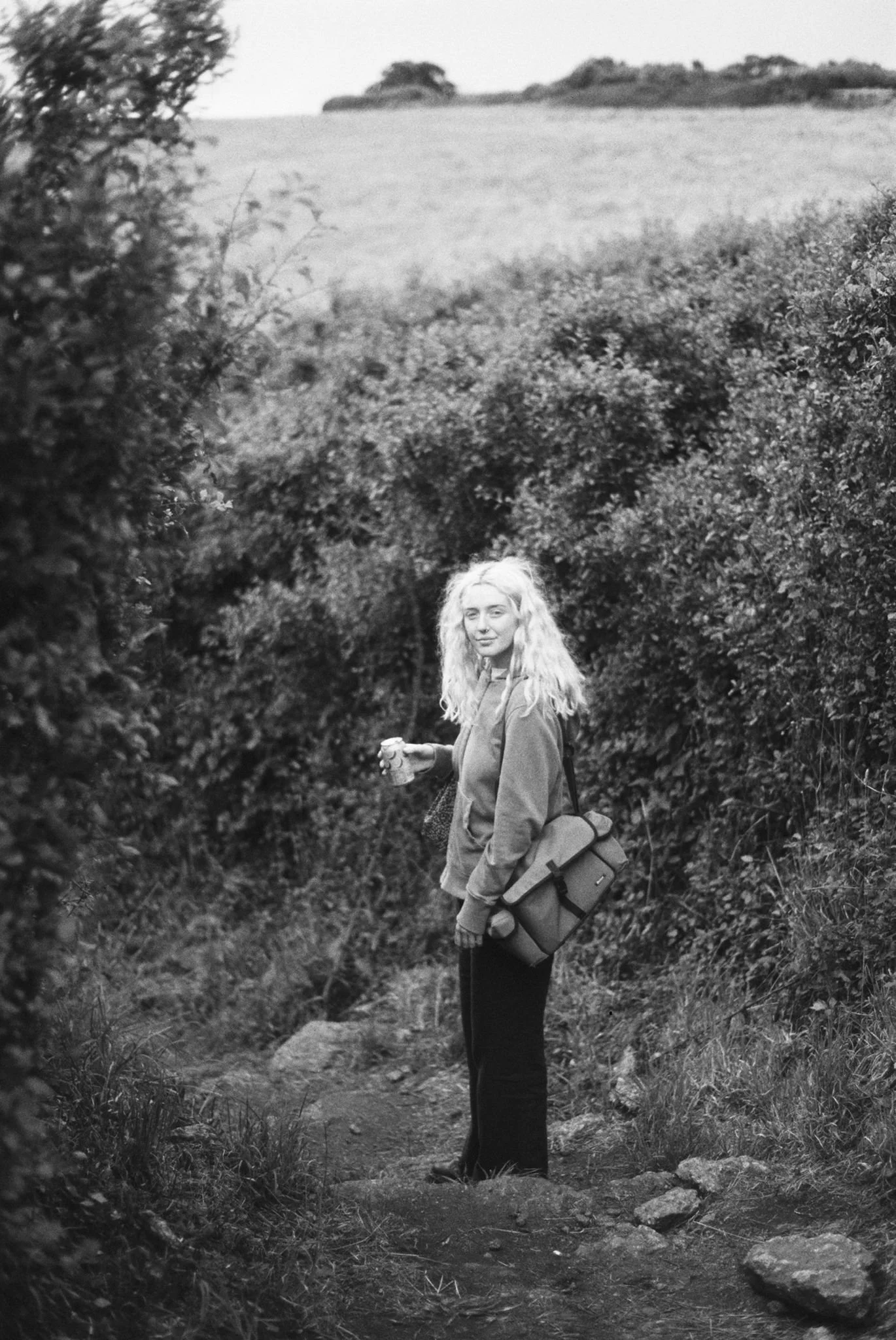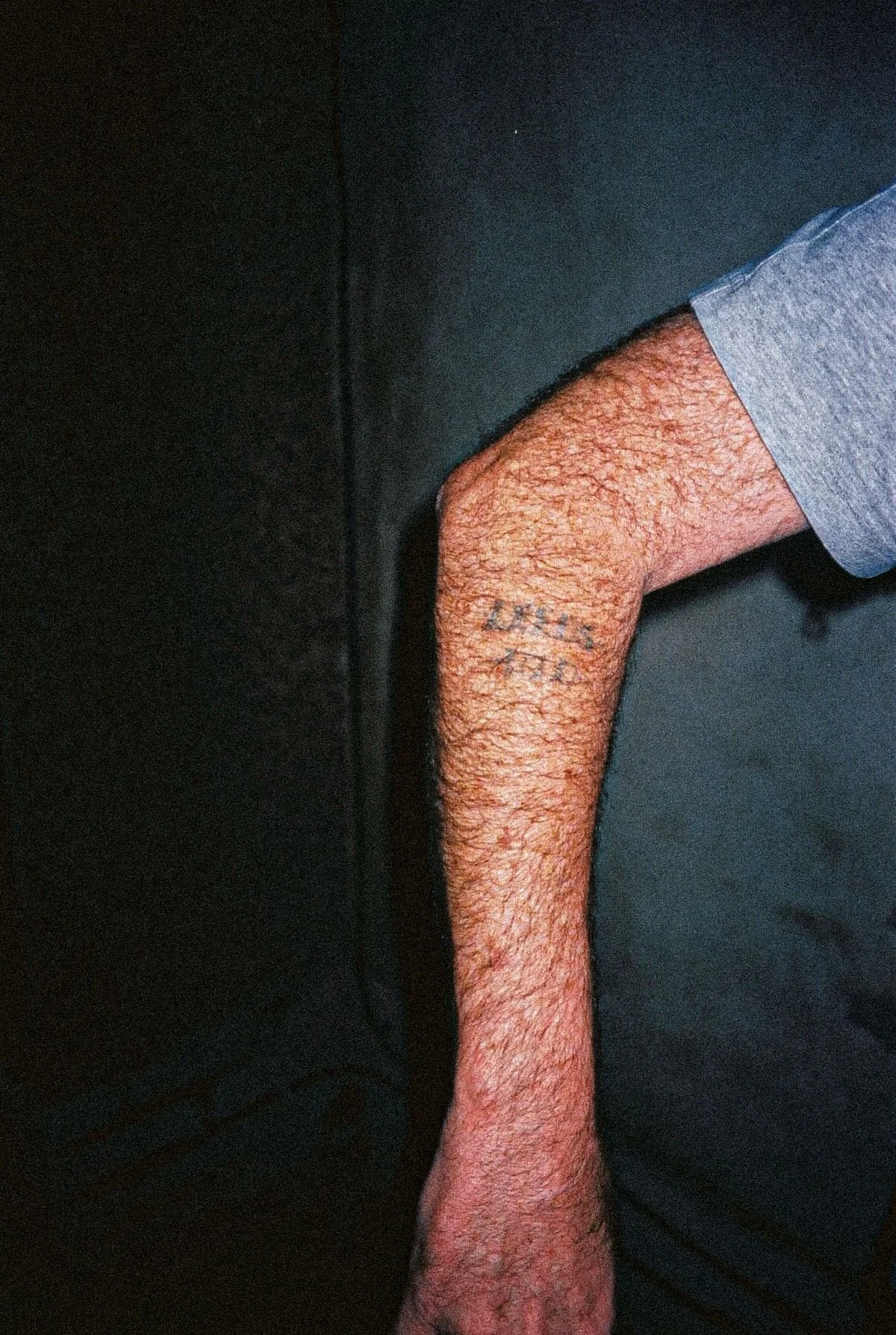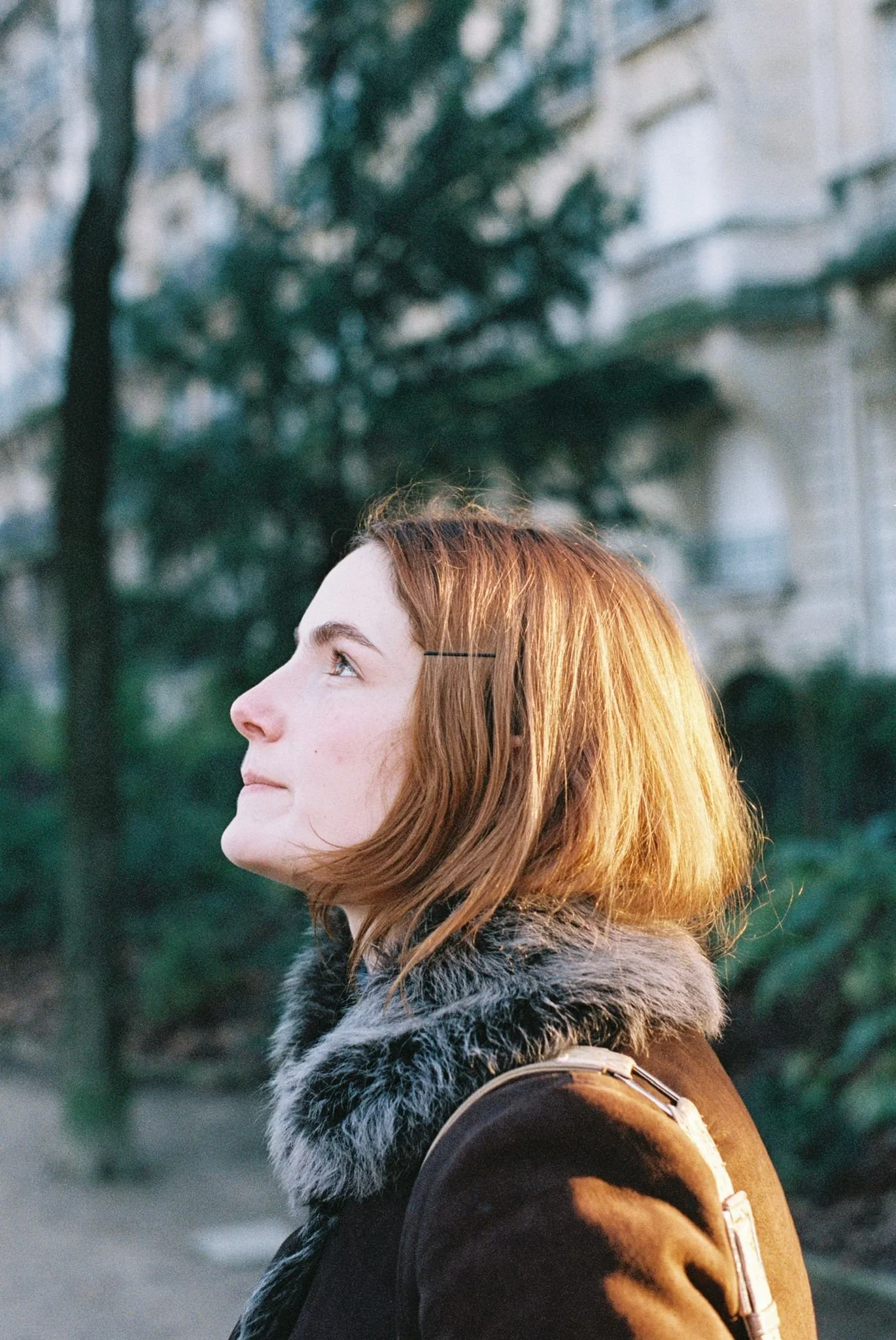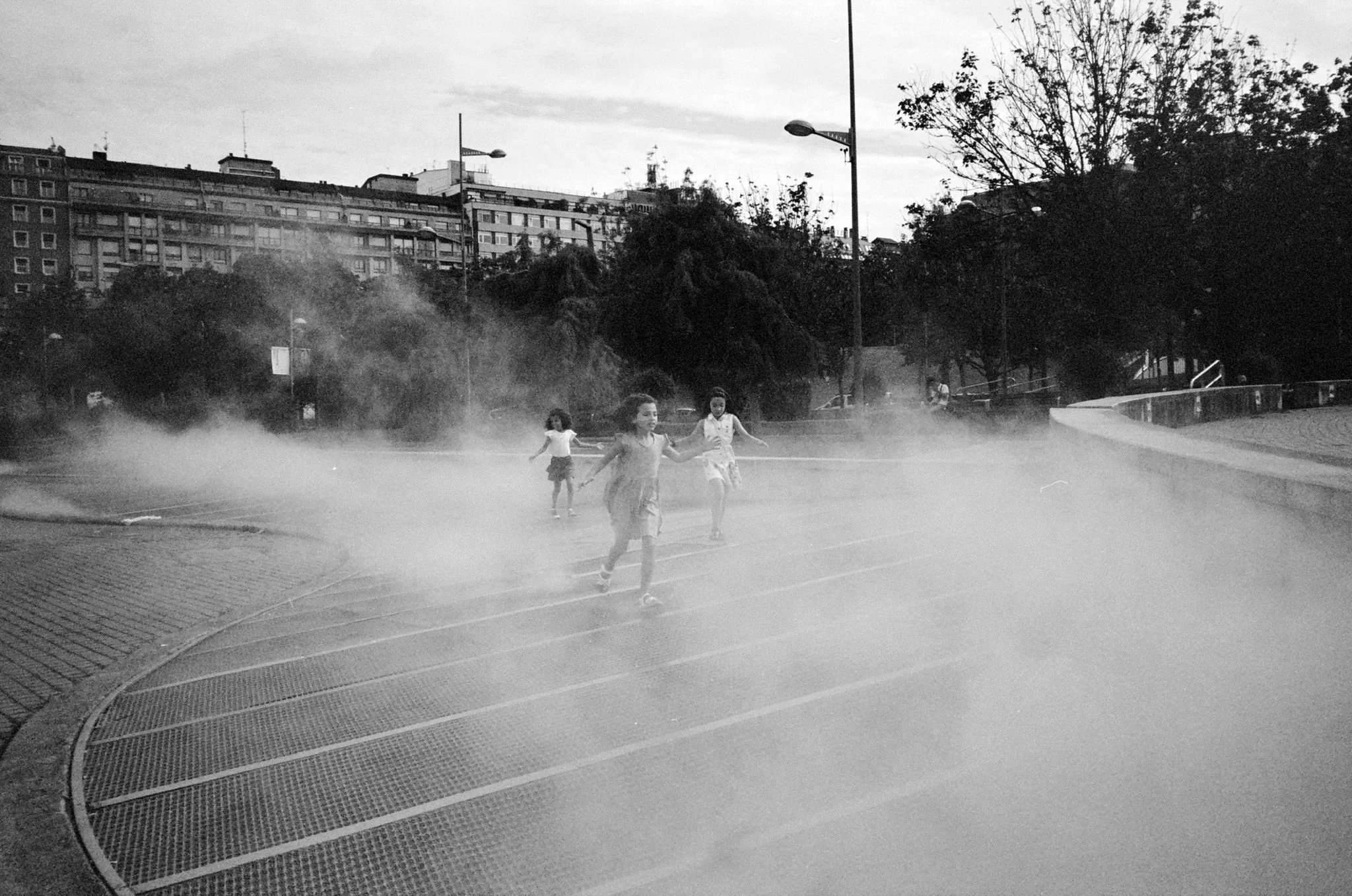Niamh Quigley
Niamh Quigley’s path into photography began with hesitation, but her practice has grown into one defined by intimacy, patience, and instinct. Working mostly with film, she resists rigid compositions in favor of images that capture the fleeting moments. Quigley’s photographic style aims to capture what isn’t immediately visible, and it is her interest in these gaps and in-between spaces that draw people to her work.
Portrait of Niamh Quigley in the field. Photo courtesy: Zach Thompson.
When Quigley first picked up a camera at 16, she wasn’t yet thinking of herself as an artist. “I never, ever thought I was a creative person,” she reflects. “I just really shut it down.” At the time, she was simply captivated by the photographs she encountered online, images taken on film that she initially mistook for digital. When her father bought her a Canon camera for Christmas, she was disappointed by how different the results looked. Still, something stuck. Slowly, Quigley began to understand that what she was drawn to wasn’t just image-making, but the way images could be curated, placed together, and transformed into something that shows more than what the camera can capture.
Her path into photography wasn’t straightforward. Quigley initially felt out of place at Goldsmiths, where she pursued her degree. “I remember someone asking me what I did, and I said I was a photographer,” she recalls. “As soon as they walked away, I just cried. I felt like such a fraud.” It wasn’t until her second and third years at university that she began to regain confidence, encouraged by tutors who pushed her to take her work seriously and to speak about it with conviction.
A pivotal moment came in 2021, with a photograph of her father’s arm. “That was the first image that felt significant,” Quigley says. “It was the first time I thought, if I saw this in a gallery, I’d be drawn to it.” The picture marked the beginning of a series of works centered on family, class, and labour, intimate themes that formed the basis of her degree show. The image also reminded her of the work of Rene Matić, one of her inspirations alongside Milly Cope, artists whose ability to imbue the everyday with political and emotional resonance helped Quigley see her own photographs as art.
Niamh Quigley, Leeds Utd., 2021. Photo courtesy: the artist.
Quigley’s relationship with her subject matter has shifted since then. While her family once featured prominently in her work, she has stepped back from documenting their lives, especially after helping her parents purchase their home in 2024. “I never felt inclined to photograph them after that,” she says. “It was about protection, about giving them privacy.” Today, her photographs are less project-driven and more instinctual, snapshots of what catches her eye, images that she describes as “self-portraits in a way.” For Quigley, every frame is an extension of her own perception: “Obviously, I’ve seen something in that moment that feels special or holy for a split second, and that’s why I’ve taken the picture.”
Though she began with digital photography, Quigley has long since embraced film. She cites both the patience it demands and the sense of surprise it allows. “With digital, it’s too instant. Film forces you to slow down. You don’t see the images for weeks sometimes, and by then your life has changed. Looking back at them becomes reflective.” For Quigley, this delay and unpredictability are part of the work’s meaning. She often revisits old rolls months later, rediscovering images that didn’t strike her at first. “That space is really important to me,” she explains. “It allows the work to take on new lives.”
Niamh Quigley, Untitled. Photo courtesy: the artist.
The influence of social media still remains undeniable. Quigley grew up with Instagram, and she credits it as an early form of “training,” a way to think about how images live together digitally, how they are curated into a feed or body of work. While she acknowledges the pressures of making art in an online age, she also sees honesty in admitting that influence. “People are ashamed to say it, but that’s how many of us were introduced to photography. It shaped how I see.”
Right now, Quigley is engaged in a collaborative project with a close friend, navigating sensitive personal material. The process, she admits, has been both challenging and vital. “It’s incredibly vulnerable. Bringing a camera into that space can feel violent, but it’s what she’s asked for. I want to do it properly. It might never be shown, but we hope it will be.”
Niamh Quigley, Untitled. Photo courtesy: the artist.
Across her practice, Quigley resists the need for overt conceptual framing. “There’s so much pressure to make work that’s project-based, to have a big idea behind everything. But sometimes you can just make work because you like it. That’s enough.” It’s a philosophy that guides her now, even as she remains open to circling back to larger themes in the future.
For those who want to see her work, Quigley shares images regularly on Instagram and on her website. She has a photobook available for purchase, and hints at future exhibitions in London that are soon to be announced, including the collaborative project currently in development. Until then, her practice circles back to what first drew her in, the quiet act of noticing.
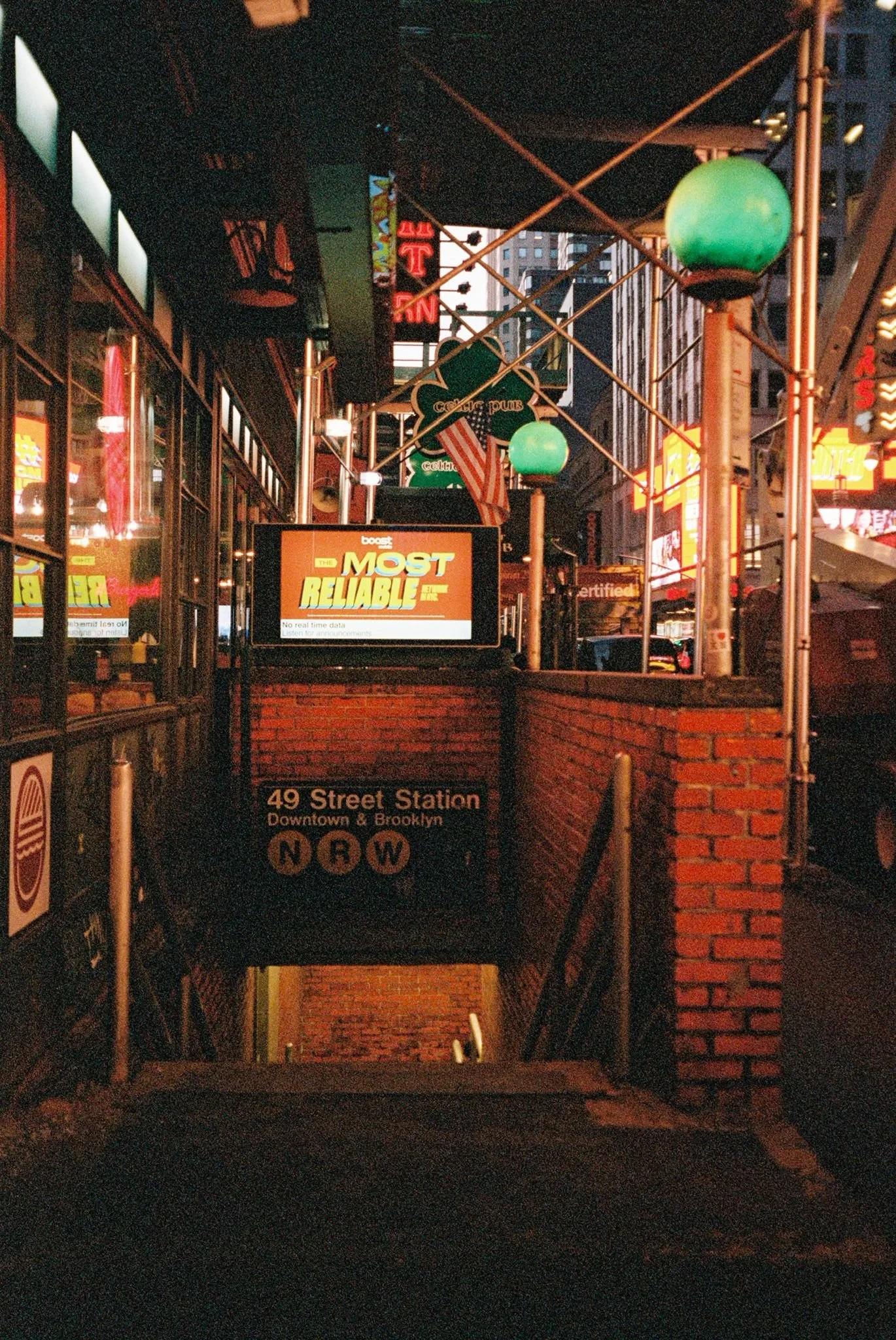
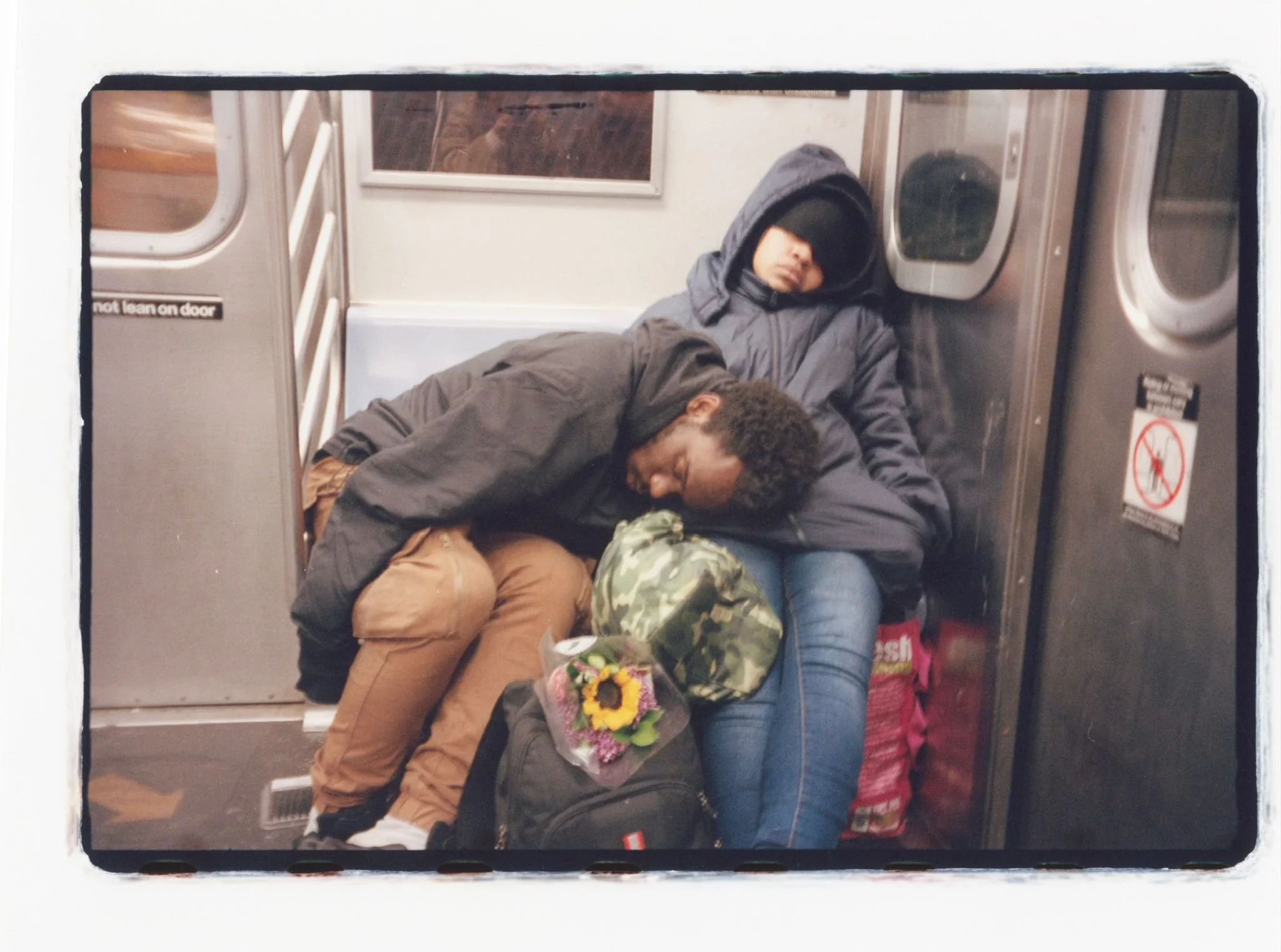
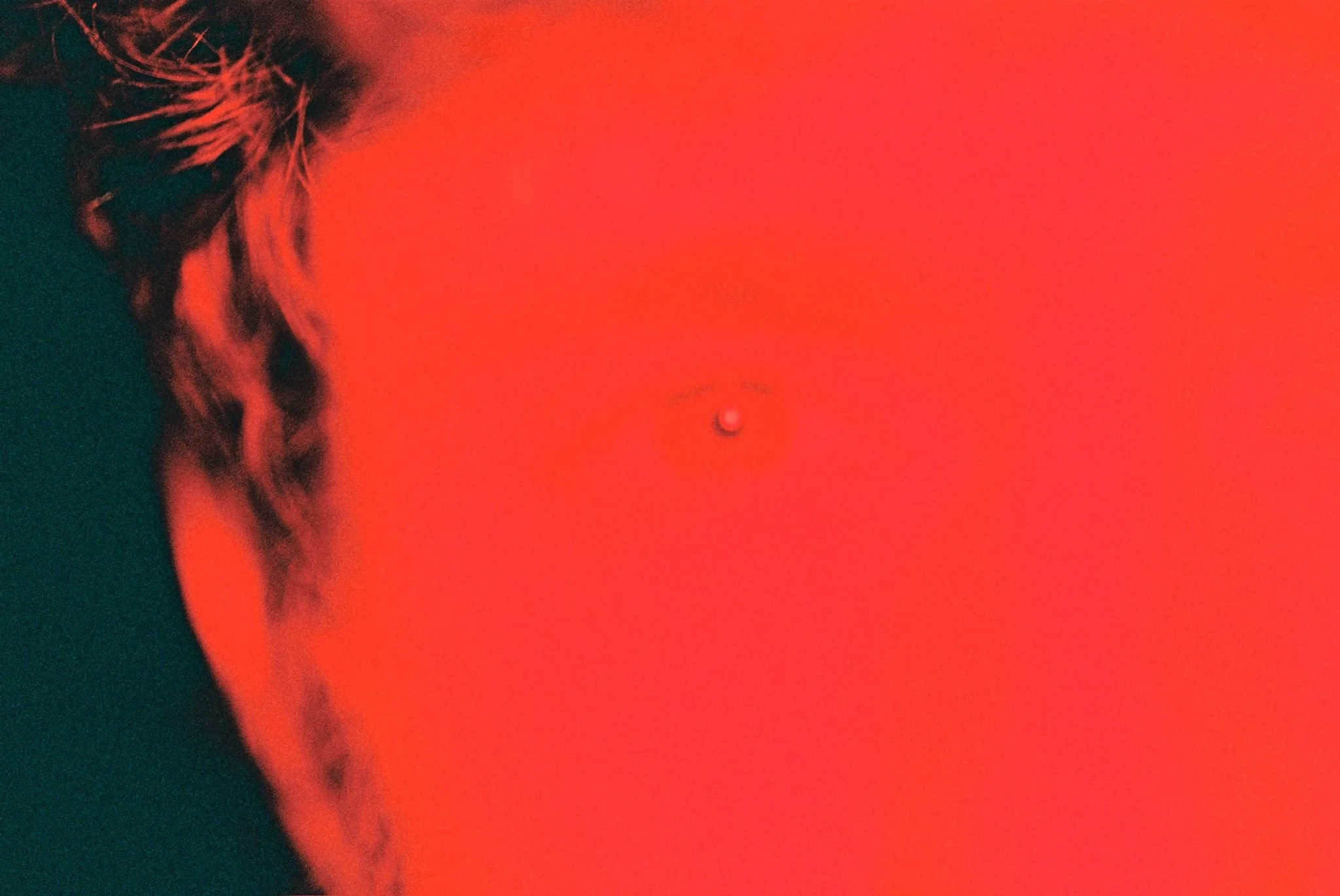
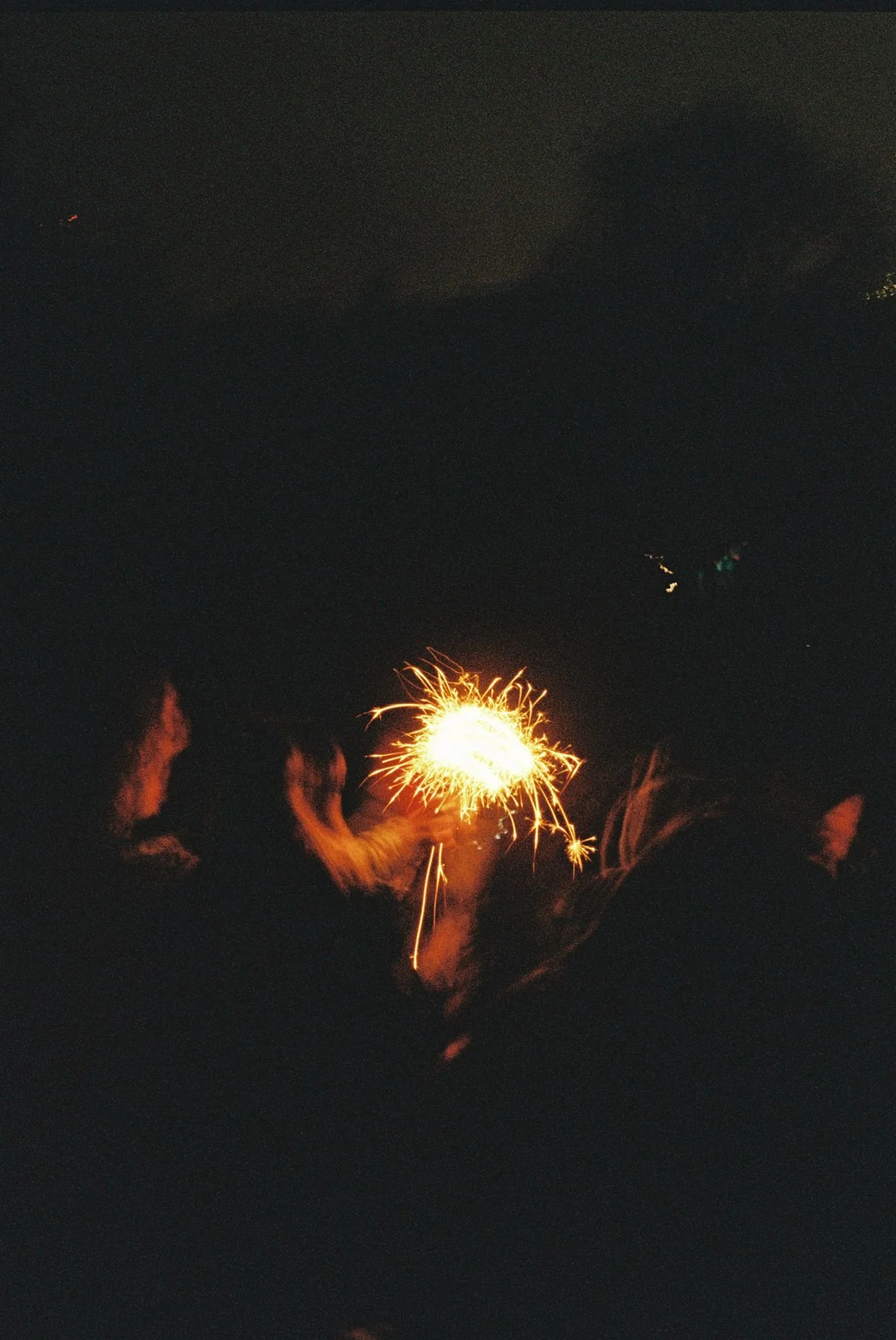
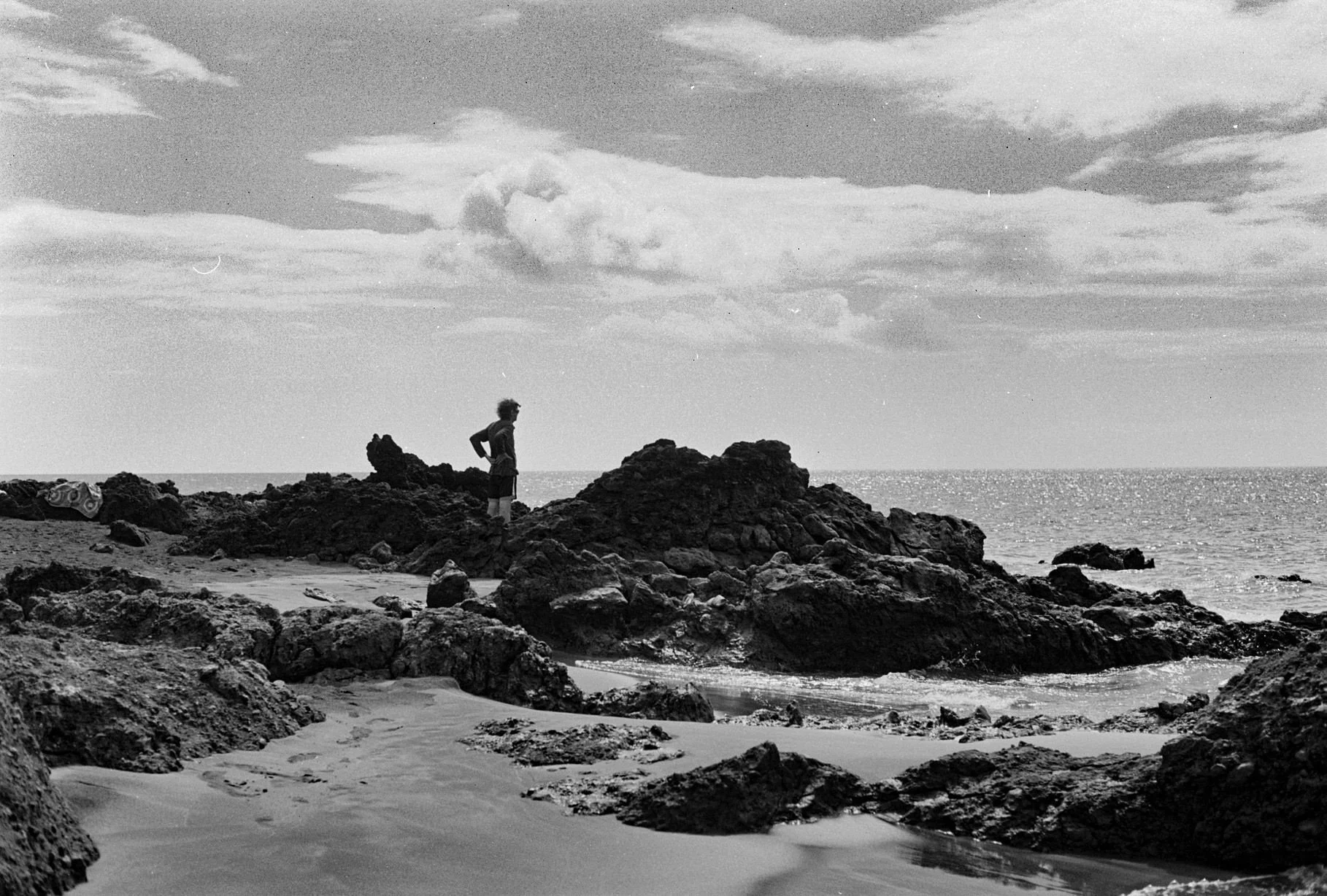
Niamh Quigley, various works as yet untitled. Photo courtesy: the artist.
Last December, Quigley kindly created a portrait work of MADE IN BED’s Social Media Manager, Mariana Duque Mordecai.
Mairi Alice Dun
Editor-In-Chief, MADE IN BED
